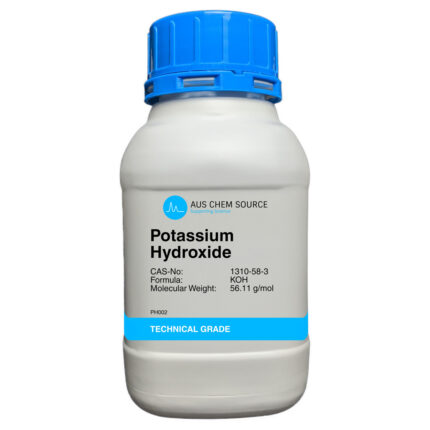Description
Nitric acid, often represented by the chemical formula HNO3, is a strong and highly corrosive mineral acid. It is a colorless to yellowish liquid with a pungent and acrid odor. Nitric acid is an important chemical in various industrial and laboratory applications. Here are some key points about nitric acid:
- Chemical Composition: Nitric acid consists of hydrogen (H), nitrogen (N), and oxygen (O) atoms. Its chemical formula, HNO3, indicates that each molecule contains one hydrogen atom, one nitrogen atom, and three oxygen atoms.
- Concentration: Nitric acid is typically available in various concentrations, with higher concentrations being more concentrated and more corrosive. The common concentrations include 68% (called fuming nitric acid) and 70%, but it can also be diluted to lower concentrations for specific applications.
- Acidity: Nitric acid is a strong acid and is classified as a proton donor. It readily donates hydrogen ions (H+) in aqueous solutions, making it highly acidic.
- Corrosivity: Nitric acid is extremely corrosive and can react violently with various substances, including metals, organic materials, and reducing agents. It can cause burns upon contact with skin and severe eye damage upon contact with the eyes.
- Oxidizing Agent: Nitric acid is a powerful oxidizing agent, meaning it can readily accept electrons from other substances in chemical reactions. It is often used in oxidizing processes and is used to extract metals from ores.
- Industrial Applications:
- Chemical Manufacturing: Nitric acid is used in the production of various chemicals, including fertilizers, explosives (e.g., TNT), and synthetic polymers.
- Metallurgy: It is used for metal etching, pickling, and passivation. It can also be used to remove oxides from metals and alloys.
- Dyes and Pigments: Nitric acid is used in the production of dyes and pigments for textiles, inks, and paints.
- Rocket Propellants: It is used in the production of rocket propellants, particularly in combination with other chemicals like hydrazine.
- Laboratory Use: Nitric acid is commonly used in laboratories as a reagent for various chemical analyses and reactions, such as the digestion of organic materials, testing for the presence of metals, and pH adjustment in specific experiments.
- Explosive and Hazardous: Concentrated nitric acid can form explosive mixtures when in contact with certain organic materials and reducing agents. Therefore, it should be stored and handled with extreme caution.
- Environmental Impact: The release of nitric acid into the environment can contribute to acid rain, which can have detrimental effects on ecosystems and buildings.
- Safety Precautions: Due to its corrosive and hazardous nature, the handling of nitric acid requires strict safety precautions, including the use of appropriate personal protective equipment (PPE) and proper ventilation.
Nitric acid plays a crucial role in various industrial processes and laboratory applications due to its strong acidity and oxidizing properties. However, its use should always be in accordance with safety guidelines and regulations to ensure the safety of those handling it and to prevent environmental harm.











Reviews
There are no reviews yet.